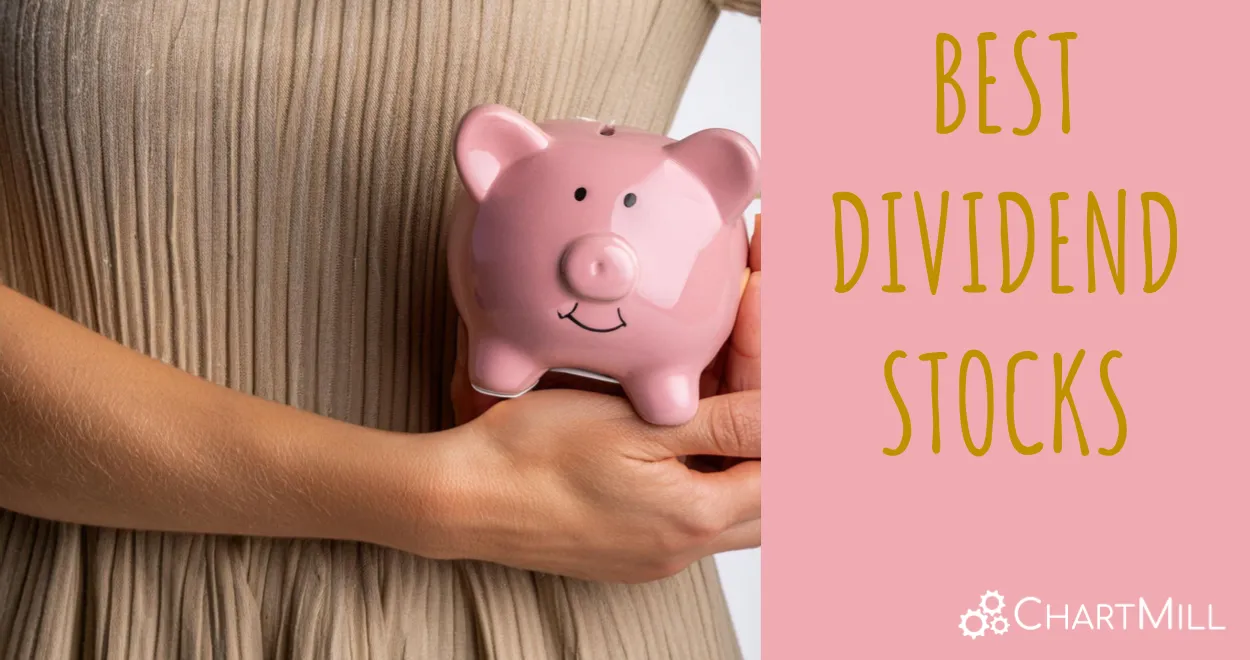Analyzing NYSE:JNJ's Dividend Potential.
By Mill Chart
Last update: Mar 13, 2024
JOHNSON & JOHNSON (NYSE:JNJ) was identified as a stock worth exploring by dividend investors by our stock screener. NYSE:JNJ scores well on profitability, solvency and liquidity. At the same time it seems to pay a decent dividend. We'll explore this a bit deeper below.
What does the Dividend looks like for NYSE:JNJ
ChartMill assigns a Dividend Rating to every stock. This score ranges from 0 to 10 and evaluates the different dividend aspects, including the yield, the growth and sustainability. NYSE:JNJ scores a 7 out of 10:
- JNJ's Dividend Yield is rather good when compared to the industry average which is at 4.15. JNJ pays more dividend than 93.53% of the companies in the same industry.
- JNJ's Dividend Yield is a higher than the S&P500 average which is at 2.40.
- The dividend of JNJ is nicely growing with an annual growth rate of 9.96%!
- JNJ has paid a dividend for at least 10 years, which is a reliable track record.
- JNJ has not decreased its dividend for at least 10 years, so it has a reliable track record of non decreasing dividend.
- JNJ pays out 33.48% of its income as dividend. This is a sustainable payout ratio.
Health Analysis for NYSE:JNJ
ChartMill assigns a proprietary Health Rating to each stock. The score is computed by evaluating various liquidity and solvency ratios and ranges from 0 to 10. NYSE:JNJ was assigned a score of 8 for health:
- JNJ has an Altman-Z score of 4.70. This indicates that JNJ is financially healthy and has little risk of bankruptcy at the moment.
- JNJ has a Altman-Z score of 4.70. This is amongst the best in the industry. JNJ outperforms 80.60% of its industry peers.
- The Debt to FCF ratio of JNJ is 1.61, which is an excellent value as it means it would take JNJ, only 1.61 years of fcf income to pay off all of its debts.
- The Debt to FCF ratio of JNJ (1.61) is better than 93.53% of its industry peers.
- JNJ has a Debt/Equity ratio of 0.41. This is a healthy value indicating a solid balance between debt and equity.
- Even though the debt/equity ratio score it not favorable for JNJ, it has very limited outstanding debt, so we won't put too much weight on the DE evaluation.
- The current and quick ratio evaluation for JNJ is rather negative, while it does have excellent solvency and profitability. These ratios do not necessarly indicate liquidity issues and need to be evaluated against the specifics of the business.
Assessing Profitability for NYSE:JNJ
Discover ChartMill's exclusive Profitability Rating, a proprietary metric that assesses stocks on a scale of 0 to 10. It takes into consideration various profitability ratios and margins, both in absolute terms and relative to industry peers. Notably, NYSE:JNJ has achieved a 8:
- The Return On Assets of JNJ (20.98%) is better than 97.01% of its industry peers.
- JNJ has a Return On Equity of 51.11%. This is amongst the best in the industry. JNJ outperforms 97.01% of its industry peers.
- JNJ has a better Return On Invested Capital (16.52%) than 93.03% of its industry peers.
- The 3 year average ROIC (14.50%) for JNJ is below the current ROIC(16.52%), indicating increased profibility in the last year.
- With an excellent Profit Margin value of 41.28%, JNJ belongs to the best of the industry, outperforming 98.01% of the companies in the same industry.
- JNJ's Profit Margin has improved in the last couple of years.
- JNJ has a better Operating Margin (27.95%) than 94.03% of its industry peers.
- Looking at the Gross Margin, with a value of 69.08%, JNJ is in the better half of the industry, outperforming 73.63% of the companies in the same industry.
Our Best Dividend screener lists more Best Dividend stocks and is updated daily.
Our latest full fundamental report of JNJ contains the most current fundamental analsysis.
Disclaimer
This is not investing advice! The article highlights some of the observations at the time of writing, but you should always make your own analysis and invest based on your own insights.



